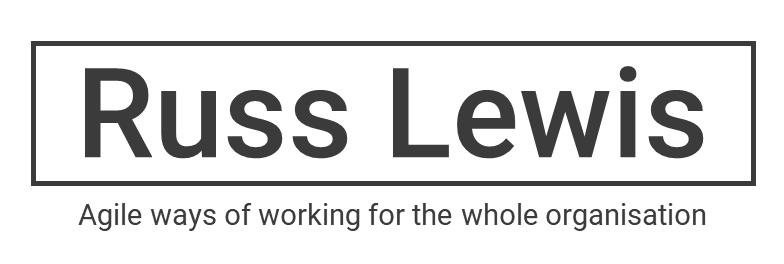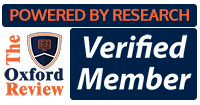Achieving Agile Delivery is the toughest challenge of an executive career, no matter if it’s called digital transformation, adoption, or DevOps.
The reality behind the highly-polished powerpoint decks and magazine stories is that despite fortunes being spent over many years, Agile is ‘out of reach’ to many leaders and managers. The evidence shows that challenges remain unresolved in many large organizations, including:
- Massive overruns and project failures. Plans are made on untested assumptions, which in-turn become critical dependencies for further plans. When the original assumption is proven unsafe the investment and future expectation has become so great, speaking-out becomes career-threatening.
- Unpredictable IT process behaviour. Ill-informed decision-making destabilises processes, making them unmanageable and undependable.
- Inability to learn from mistakes. Check-box attitudes to learning and making improvements means the same problems just keep repeating.
Luckily, some managers intuitively know how to get the best from people. Their teams may not be Agile, but they do work together to reach clear and common goals, deal with problems promptly, and seem to have fun along the way. They are effective, efficient, motivated knowledge workers. Their managers support and trust their team members and that confidence seems to be returned in approval and satisfaction.
What if those good teams and managers could incorporate practices that made them more agile? And if they could help to increase agility throughout the organization?
What would they need to do that? What is stopping them from doing it?
Everything written and practiced under the names Lean or Agile in the past forty years is based on common-sense. If it’s not, then it can be easily validated with a simple experiment. Yet somehow, folk are afraid of it or perhaps, afraid of the consequences of trying it.
Phrases like ‘fear of failure’ and ‘failing fast’ make people even more nervous, because failure is not an option in most workplaces. Actually, nobody wants failure at all, they want to reduce the risk of failure to something so small that nobdoy loses sleep over it. That’s one of the things Agile is good for, but since everyone’s got the idea about failure in thei heads, they are too worried to find out what it was really about.
Turns-out this is just one of many knowedge gaps in the minds of so-called ‘knowledge workers’. That’s people who think and negotiate and plan and use computers for a living. Except they also need to understand each other, so they spend a lot of time meeting with each other. Computer programmers, engineers, BAs and technical writers are all knowledge workers, but so are managers. They’ve been KWs for a lot longer, even before computers and their work is about connecting people with information that’s important for their job and looking after resources such as money and people.







